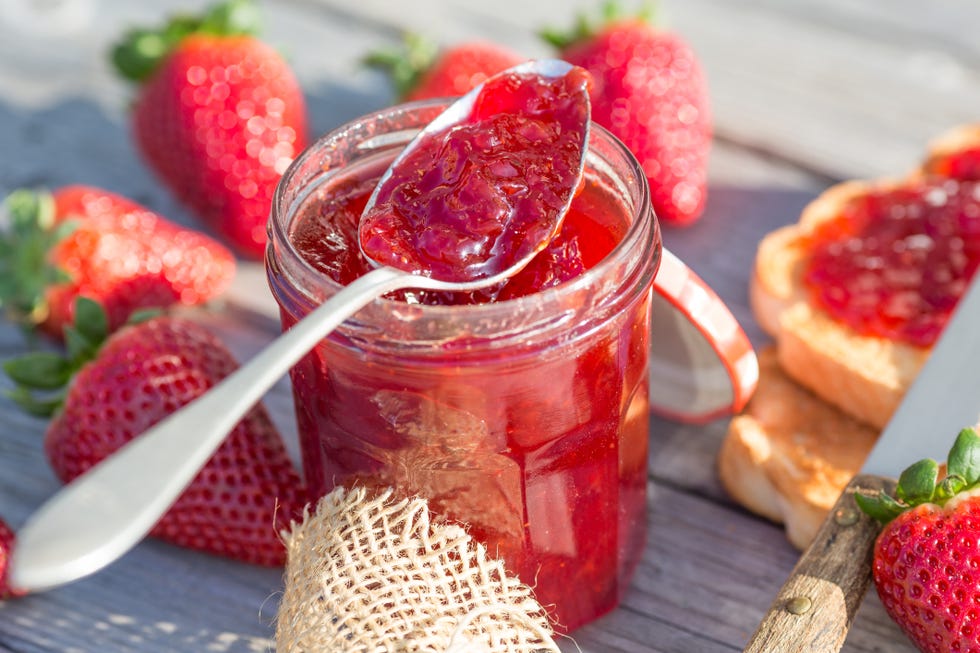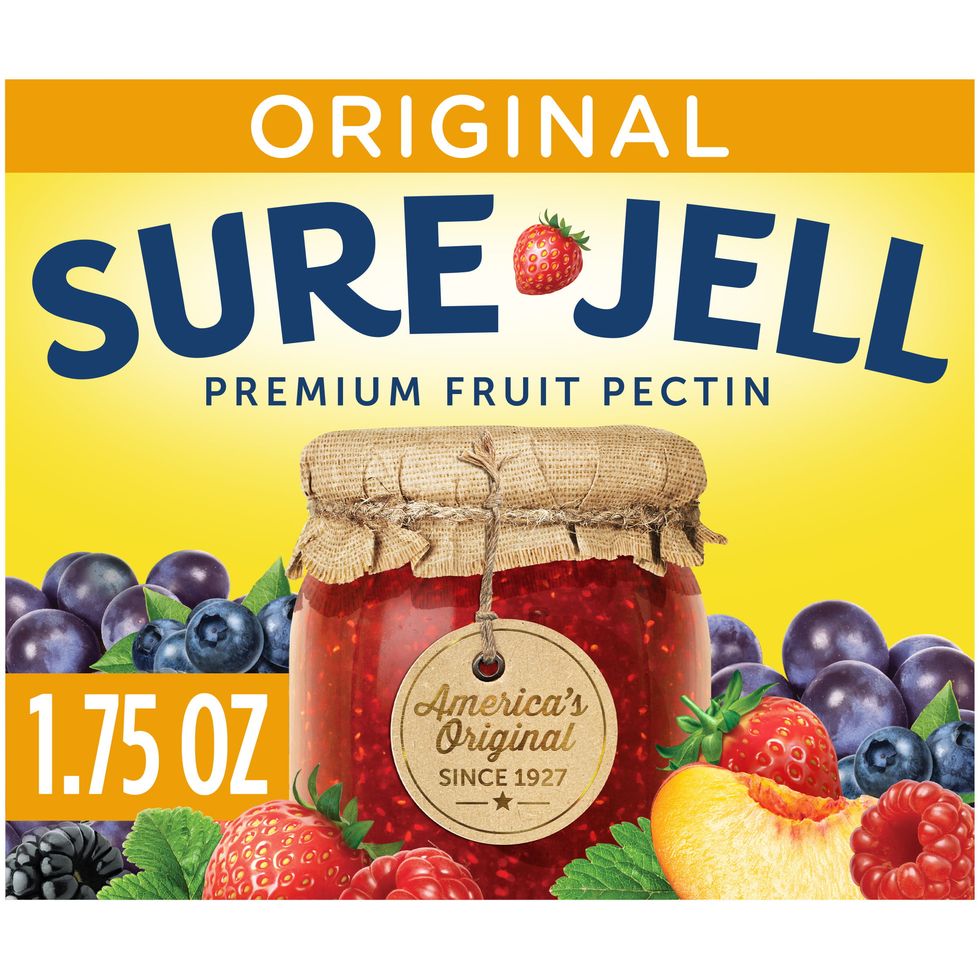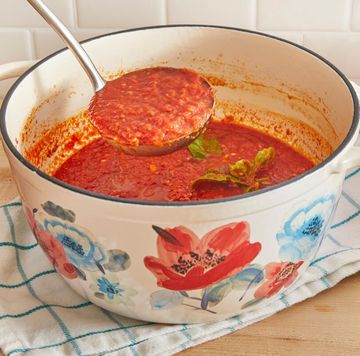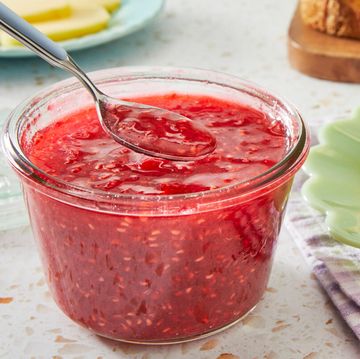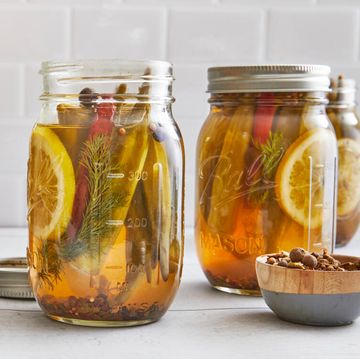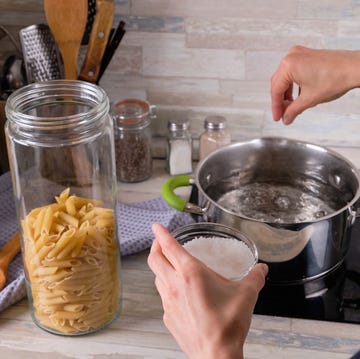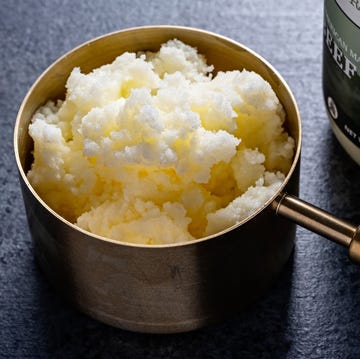It's hard to resist all the fresh fruit that summer brings—plump blueberries, juicy blackberries, and peaches you can smell from feet away. While warm-weather fruit is delicious eaten straight-up, there are countless ways to cook and bake with it in the kitchen. You can pile berries onto a tasty fruit tart or tuck them into warm, bubbling cobblers. You can bake summer fruit into gorgeous pies or fold it in to towering layer cakes and easy sheet cakes. When summertime produce peaks, you want to eat as much as possible, but what happens when you just have too much?
Sure, you can freeze fruit like strawberries for later use, but you can also cook down the fruit with sugar and a little something called pectin to create a magical concoction that you'll enjoy for months to come. We're talking about jellies, jams, and preserves. Just imagine the joy of spreading fresh peach preserves on a hot buttered biscuit during the middle of winter. Bliss!
But back the pectin. If you've ever smeared good ol' grape jelly or chunky preserves on a slice of breakfast toast, you've had pectin. But even if you've never tasted jelly and only enjoyed fresh fruit your whole life, guess what? You've also had pectin. Just what is this special ingredient and why do we use it? Keep reading.
What is pectin?
Pectin is a starch that's naturally found in fruits and vegetables; however, when people talk about pectin, they're most often referring to the kind you buy from the store. Store-bought pectin is typically derived from citrus peels, which is why it's called fruit pectin. It can be found in powdered and liquid forms on the canning aisle of grocery stores.
What is pectin used for in cooking?
Pectin's primary purpose is to help jams, jellies, and preserves gel into that signature, thick, semi-solid consistency. No one wants to spread runny jelly onto a piece of toast! Some people have reservations about using pectin, but it's incredibly helpful, especially for someone new to the process. It's totally possible to make jams and jellies without using store-bought pectin, but it's much harder to get the right consistency and it takes longer, too. Berries, for instance, are low in pectin, so you have to cook the mixture for quite some time and remove as much moisture as possible to get it to thicken. Cooking for a long time can also affect the color and taste of fruit preserves—the mixture loses some of its vibrance and fresh fruit flavor. Using pectin can cut down the cook time drastically and preserve fresh fruitiness and color.
Are pectin and gelatin the same thing?
Pectin and gelatin both may be loved for their gelling abilities, but these two products come from quite different places. Pectin is a vegan ingredient that comes from citrus peels whereas gelatin is animal-based. Technically, both will thicken jams and jellies, though you shouldn't use them interchangeably. The two require different methods to set up properly and also result in different consistencies. Pectin is the preferred gelling agent for jams and jellies.
Is pectin good for you?
Because it comes from plants, pectin is nutritious in many ways. It's a good source of soluble fiber that can help keep you feeling full, stabilize blood sugar, and even lower cholesterol. The same cannot be said for sugary fruit jams and preserves, but at least they taste delicious!

